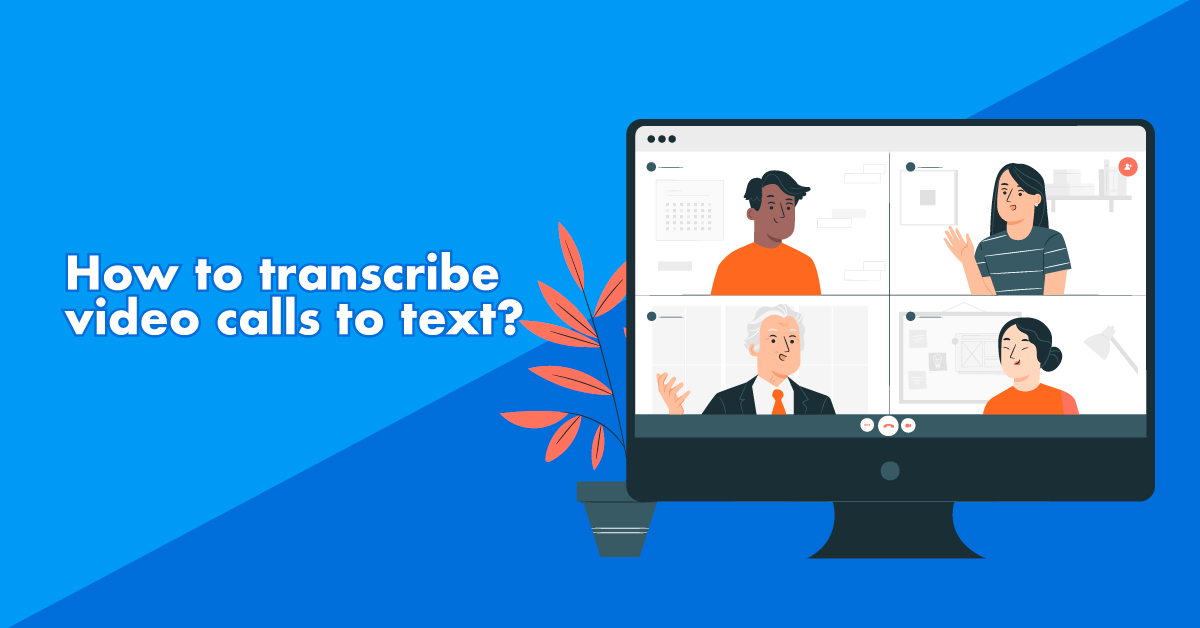As content marketing continues to evolve, businesses must find ways to keep up with consumer demands and preferences. One growing trend that many are now turning to is video marketing, as it provides an engaging way to deliver valuable information. However, one downside to video is that it can be difficult for some to follow, especially those who prefer to read text. That’s where video to text conversion comes in. In this blog post, we’ll explore what video to text conversion is, its benefits, and how you can incorporate it into your content marketing strategy.
First, let’s define what transcribe video to text (trascrivere video in testo) is. Simply put, video to text conversion is the process of transcribing spoken words in videos into written text. It involves converting the audio content of a video into written words that can be read and shared with others. There are two main types of video to text conversion: manual and automatic. Manual conversion involves a person typing out what is said in the video, while automatic conversion uses software to transcribe the audio.
Now that we know what video to text conversion is, let’s explore how it can benefit your content marketing strategy. One major benefit is that it can increase accessibility for those who prefer reading over watching videos. By providing a written transcript, you give viewers the option to read the content at their own pace and on their own time. Additionally, having written content can improve your SEO, as search engines can more easily pick up on keywords and phrases. It also ensures that the content is consistent across platforms, as some social media platforms may not support video or have limitations on video length.
Another benefit of video to text conversion is that it can improve engagement and retention. By providing written content, viewers can follow along with the video more easily and retain information better. It can also make the content more shareable, as written content is easier to copy and paste into emails or social media posts.
Now that we’ve established the benefits of video to text conversion, let’s explore how you can incorporate it into your content marketing strategy. One way is to add a written transcript to your existing videos on your website or social media channels. You can also create transcripts for your webinars or podcasts. This not only improves accessibility for your audience but also provides valuable SEO content for your website.
Lastly, consider creating video content specifically designed for written content conversion. This means creating content that is visually and auditory engaging, but also easy to follow through written text. This ensures that your content strategy is inclusive of all types of learners and preferences.
In short
In conclusion, video to text conversion is a powerful tool that businesses can use to improve accessibility, engagement, and retention for their content marketing. By providing written content, you give viewers more options for consuming your content and improve your SEO. As video marketing continues to grow, incorporating video to text conversion into your strategy can help you stay ahead of the curve and provide a seamless experience for your audience.
